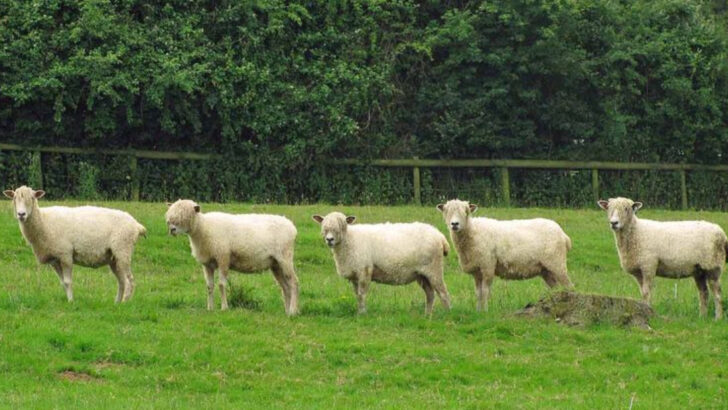Once upon a barnyard, these animals were everywhere—then they vanished like a farmer’s breakfast at sunrise.
Old breeds were swapped for faster, bigger, “better” ones. Forgotten in favor of efficiency.
But guess what? They’re back. With charm, resilience, and personalities that practically moo, cluck, and neigh for attention.
These aren’t your everyday farm animals. These are heritage survivors. The wooly, feathery, and shaggy legends of yesterday finding their way into today’s pastures—and hearts.
From pint-sized pigs to long-lashed cows, these comeback kids prove that some things are just too good to stay extinct.
Ayrshire Cattle
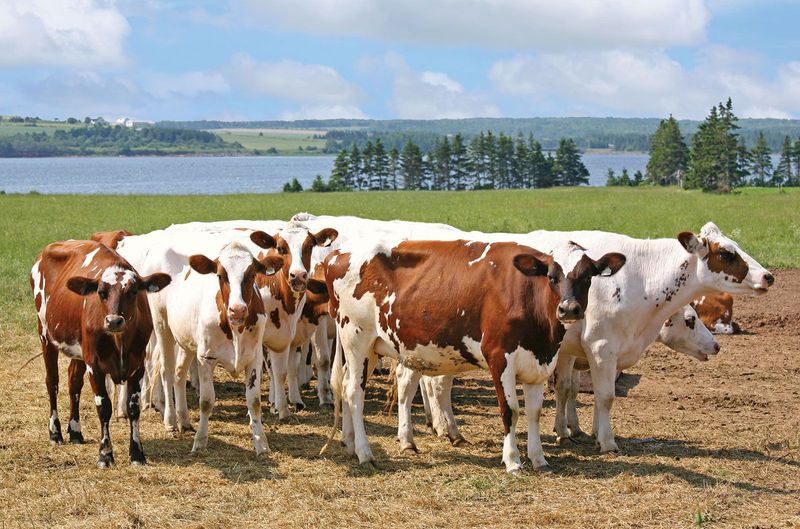
Known for their striking red and white coat, Ayrshire cattle bring a nostalgic charm to the pasture. With origins in the Scottish county of Ayr, these cows were prized for their robust health and milk production.
Today, there’s a growing interest in their sustainable grazing habits. Ayrshires adapt well to different environments, making them suitable for diverse climates. Farmers appreciate their hardiness and the high-quality milk they produce.
Did you know? Ayrshire milk is often preferred for cheese-making due to its ideal fat-to-protein ratio. This breed’s gentle nature is perfect for small farms.
Gloucestershire Old Spot Pig
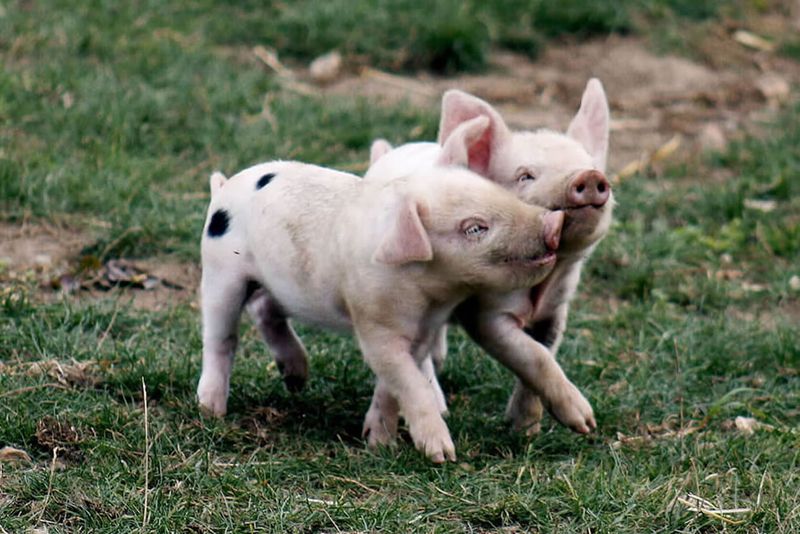
Often referred to as the “orchard pig,” Gloucestershire Old Spots were once a staple on British farms. Known for their distinctive black spots and floppy ears, they’re making a modern-day resurgence.
These pigs are celebrated for their docile temperament and exceptional mothering skills. In recent years, there’s been a rise in demand for heritage pork, bringing these pigs back into the spotlight.
Fun fact: Legend has it that their spots are bruises from falling apples. Their friendly demeanor and adaptability make them a cherished addition to any farm.
Cotswold Sheep
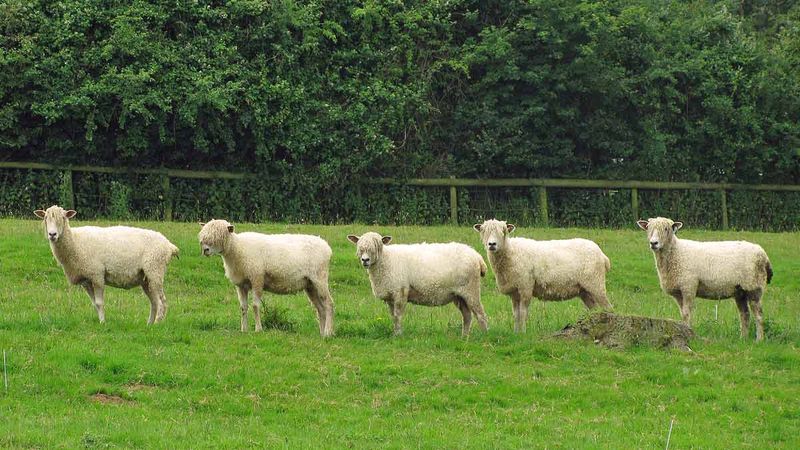
Cotswold sheep, with their luxurious wool and gentle demeanor, were once the pride of the English wool industry. Known as “the Gentle Giants,” these sheep are experiencing a comeback thanks to the renewed interest in wool crafts.
Their long, silky fleece is perfect for hand spinning and felting. Farmers are re-discovering their value not only for wool but also for their excellent meat quality.
Interesting tidbit: Cotswold wool was so prized that it was used in medieval England to make finest garments. Their easygoing nature suits them to small-scale farming.
Narragansett Turkey
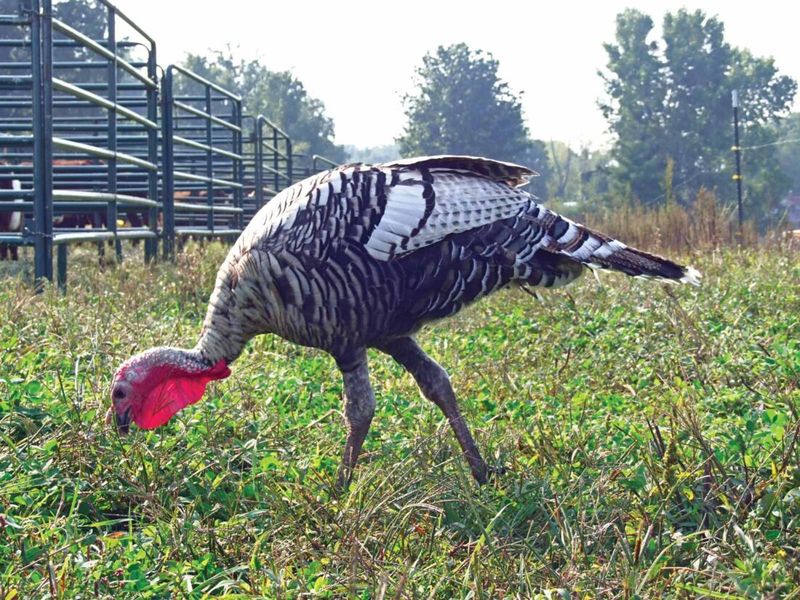
The Narragansett turkey, with its striking plumage, brings a touch of history to any farm. Originating in New England, this breed was a mainstay on early American farms.
Their calm disposition and excellent foraging ability have led to their re-emergence. These turkeys adapt well to pasture-raised systems, contributing to sustainable farming practices.
Did you know? The Narragansett was named after the Narragansett Bay in Rhode Island, reflecting its regional roots. Their unique appearance and practical benefits make them a valuable addition to heritage farms.
Silver Appleyard Duck

Silver Appleyard ducks, with their vibrant plumage and engaging personality, are capturing the hearts of farmers once more. Developed in Britain, they were initially bred for both meat and eggs.
Their striking appearance and efficient foraging make them ideal for free-range farming. These ducks are also known for their friendly demeanor and resilience.
Fun fact: The Silver Appleyard was named after the original breeder’s farm. With a balanced temperament and productivity, they fit well into diverse farming environments, appealing to those seeking a dual-purpose bird.
Bourbon Red Turkey
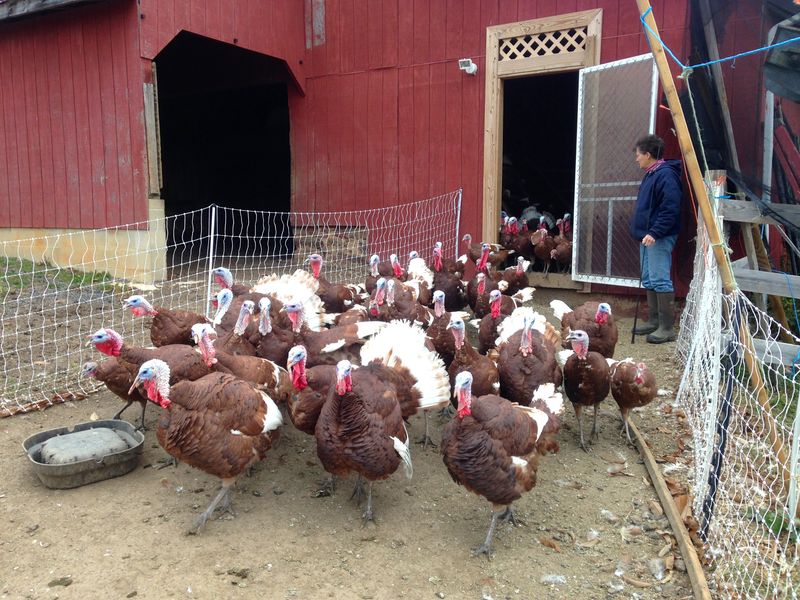
Bourbon Red turkeys, with their rich chestnut plumage, offer a striking presence on any farm. Originating from Kentucky, they were once a Thanksgiving favorite.
These turkeys are making a comeback due to their flavorful meat and hardiness. They thrive in free-range conditions, allowing for natural growth and development.
An intriguing note: Bourbon Reds get their name from Bourbon County, Kentucky. Their comeback is driven by a desire for traditional, sustainable farming practices. Their beauty and practicality ensure they remain a popular choice for heritage farms.
Milking Devon Cow

Milking Devon cows, with their elegant mahogany coat, are a piece of living history. Once central to New England farms, their versatility in providing both milk and labor made them invaluable.
Today, they’re appreciated for their adaptability and efficiency on grass-based farms. Their role in sustainable agriculture is increasingly recognized, making them a sought-after breed.
Did you know? The first Milking Devons arrived in America on the Mayflower. Their rich milk and historical significance add to their growing popularity on old-fashioned farms.
Dorking Chicken

The Dorking chicken, known for its exceptional meat quality, is finding its way back to small farms. With roots tracing back to Roman Britain, this breed is celebrated for its adaptability and five-toed feet.
Dorkings thrive in free-range environments, providing both eggs and meat. Their calm nature and ability to forage make them ideal for sustainable farming.
A historical note: Dorking chickens were mentioned by Julius Caesar in his writings. Their rich history and practical benefits secure their place in the hearts of farmers seeking traditional breeds.

